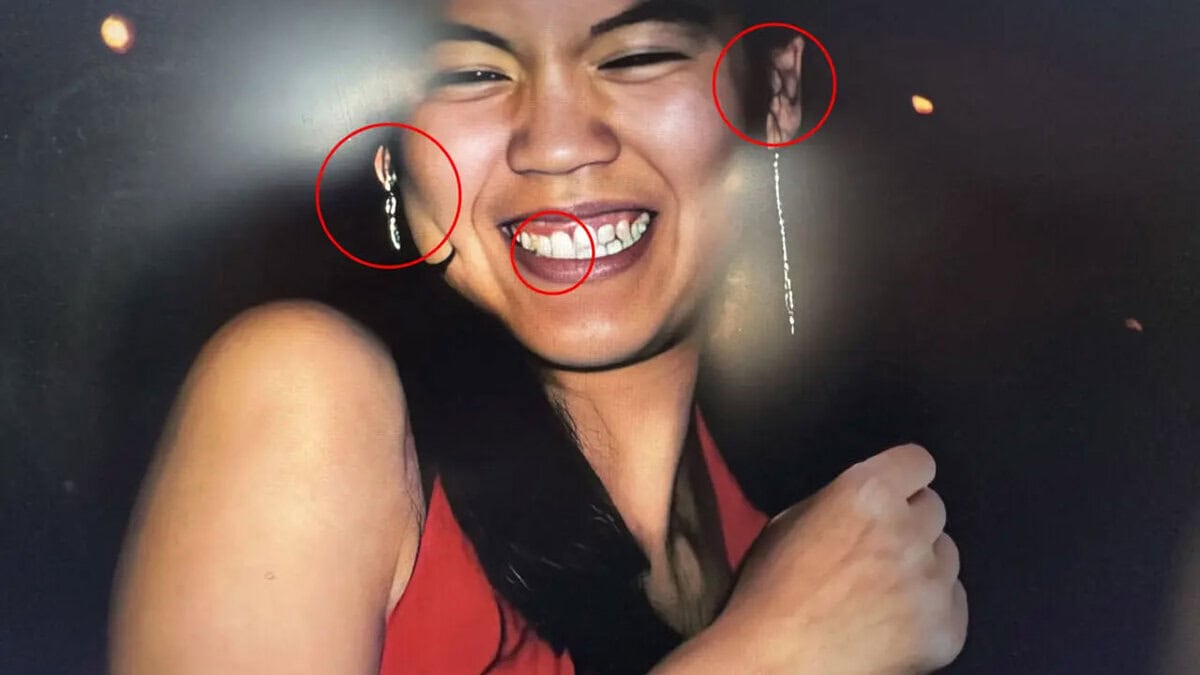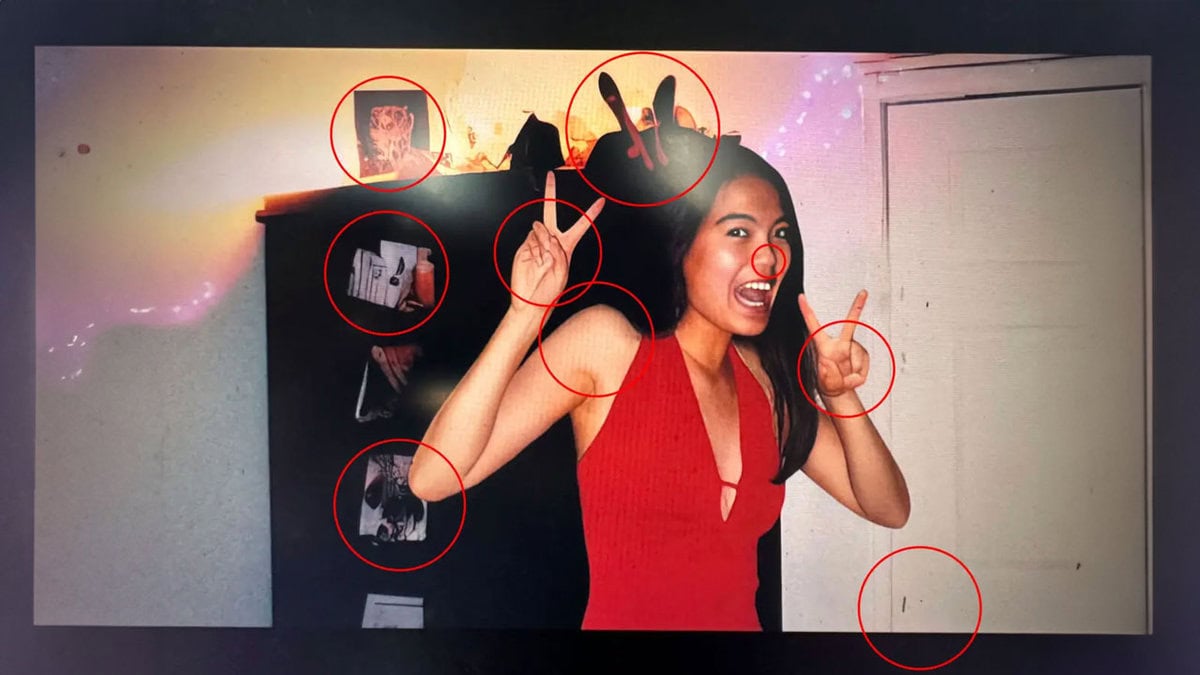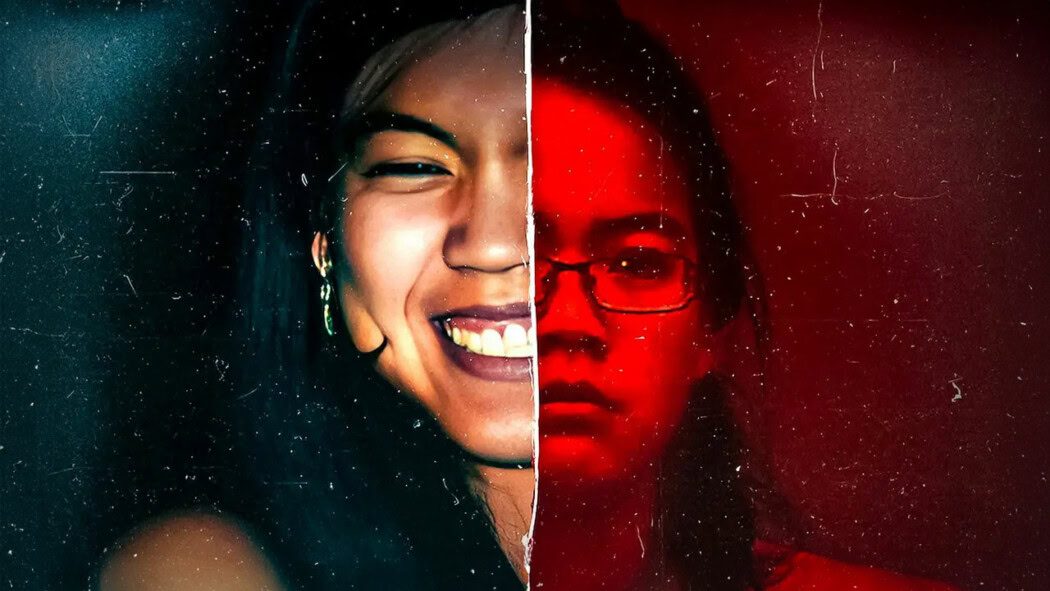In a move that’s sparking both intrigue and concern, Netflix’s latest true crime documentary, What Jennifer Did, has come under scrutiny for its use of AI-generated images.
The documentary, which delves into the chilling 2010 murder-for-hire plot orchestrated by Jennifer Pan in Markham, Ontario, reportedly features images that exhibit clear signs of digital manipulation.
This revelation has ignited a debate over the ethical implications of using artificial intelligence in true crime storytelling, where authenticity and accuracy are paramount.
The controversy centres around several images that viewers and experts claim could only have been created by AI, owing to their unnatural distortions and digital anomalies.
This use of AI technology has raised significant concerns regarding the potential to mislead audiences and the ethical considerations of altering factual content in a genre devoted to real-life events.
The Allegations and AI Evidence

Credit: Netflix
READ MORE: When Will Lupin Season 4 Be Released On Netflix?
Identifying AI-Generated Images
About 28 minutes into What Jennifer Did, viewers are introduced to photos meant to depict Jennifer Pan’s life and personality.
However, these images have peculiarities such as disproportionate teeth, oddly shaped hands, and distorted facial features—common indicators of AI-generated imagery.
Critics argue that such alterations could distort the viewer’s perception of the documentary’s subjects, potentially skewing public understanding of the true events.
Netflix’s Response and Industry Standards
As of now, Netflix has not formally responded to the allegations, leaving room for speculation and debate within the documentary community.
The lack of response from Netflix not only fuels the controversy but also highlights the need for clearer guidelines and standards when it comes to the use of technology in documentary filmmaking.
Ethical and Legal Implications

Credit: Netflix
READ MORE: Parasyte: The Grey Season 2 On Netflix: Renewed Or Cancelled?
The Ethical Debate Over AI in True Crime
The use of AI to generate or alter images in a true crime documentary raises profound ethical questions.
Critics argue that the integrity of true crime content relies on its ability to present facts without distortion.
By using AI-generated images, filmmakers may be seen as valuing narrative control or aesthetic appeal over factual accuracy, potentially undermining the trust between documentarians and their audience.
Potential Legal Repercussions
The incorporation of AI images could also have legal implications, particularly if the generated content is misleading or defamatory.
The families involved and other subjects of the documentary might have grounds for legal action if they believe the AI alterations misrepresent the truth or damage reputations.
Final Thoughts on this new Netflix AI Images controversy

Credit: Netflix
READ MORE: 3 Body Problem Season 2 On Netflix: Renewed Or Cancelled?
The controversy surrounding the use of AI-generated images in What Jennifer Did opens a Pandora’s box of ethical considerations that Netflix, and other content creators, will have to address as technology continues to evolve.
While AI offers filmmakers innovative tools to enhance storytelling, its use in true crime documentaries must be balanced carefully with the responsibility to present factual, unaltered content.
As the debate unfolds, it will be crucial for streaming giants and filmmakers to develop and adhere to strict guidelines that govern the use of artificial intelligence in documentary production.
This will ensure that the storytelling tools enabled by technology do not compromise the truth-seeking essence of the true crime genre.
What do you make of this news?
Have you watched the Netflix documentary What Jennifer Did?
If so, what did you make of it?
We’d love to hear your thoughts on this report.
You can stream What Jennifer Did? on Netflix right now.
















